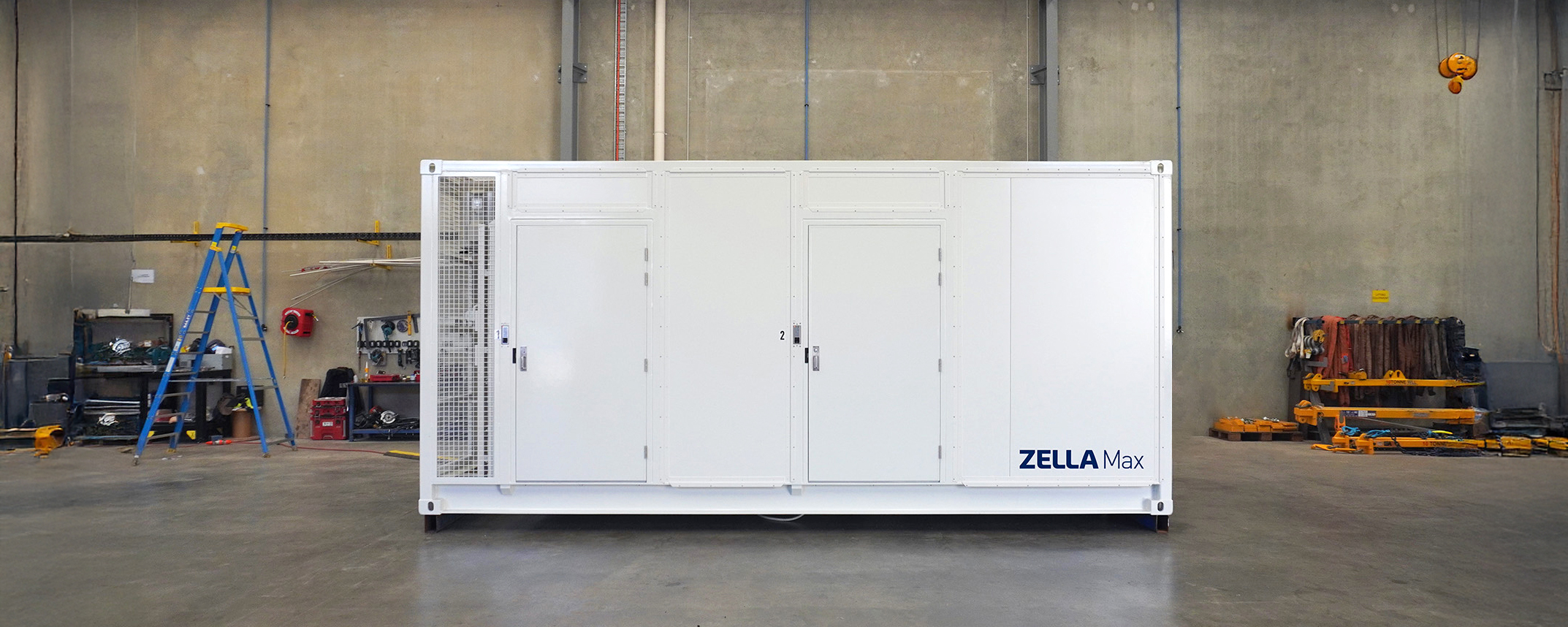The world of security and surveillance is one where edge computing represents many advantages – but not without addressing some considerable challenges.
Physical security and surveillance are now inexorably intertwined with cybersecurity. The Internet of Things (IoT) means smart devices are responsible for much of our everyday security needs. This is no longer only the landscape of professional security services. Billions around the world are taking advantage of items, such as video doorbells, CCTV, baby monitors and the like.
Every such item generates data that needs to be assessed in real-time – something that will only increase exponentially over the coming years and decades.
However, when it comes to the security and surveillance industry, developments have moved far beyond what’s already commonplace in the public domain. The next generation of security devices will benefit from the ongoing evolution of Artificial Intelligence (AI) – in particular, an element known as deep learning.
AI, Edge Computing and the Role of Micro Data Centres
Embedded AI within security and surveillance is an industry hot topic. The most advanced of this relies on a neural network that’s as close to that seen in the human brain as we’ve so far managed to develop. This complex system takes real-time information (from IoT devices) and analyses it using advanced algorithms. The upshot is that such a surveillance system can be ‘trained’ to recognise certain situations (and learn as it does so) and implement necessary responses.
While this is not yet wholly possible, the basis of such systems is already viable. However, the data analysis is so complex that it requires a huge network of connected devices transporting the data to central databases for processing. This will then need to be returned to the source to carry out the required action.
However, bringing Edge technology into the mix will help assist with this collation of data. The role entails a level of instant analysis at source, so reducing the need for multiple (perhaps hundreds or more) devices to be connected.
Micro Data Centres will, indeed, have a role to play in such scenarios. These independent, advanced and powerful units can be deployed to take much of the load from traditional networks, plus remove the need for the interconnection of many devices.
Today’s Security and Surveillance Reality
While the above might seem the stuff of science fiction, the building blocks of potential are already firmly in place. Edge devices, such as sensors, cameras, speakers, readers, lighting etc are already fully functional. An example is that of facial recognition, something that many security services globally rely on in transport hubs, such as airports and stations.
 As technology advances, so we can expect to see security and surveillance offering further accuracy. Examples include the use of heat sensors that can detect various bodily functions, or perhaps sounds, such as talking, walking or even breathing.
As technology advances, so we can expect to see security and surveillance offering further accuracy. Examples include the use of heat sensors that can detect various bodily functions, or perhaps sounds, such as talking, walking or even breathing.
Companies that have advanced security needs are already benefiting from the latest tech. AI, in combination with the IoT, Edge computing, and related MDCs, is making dramatic headway into the world of security. The possibilities are endless, with many future solutions already being assessed and the fundamental structures put in place for deployment once the technology is available.
It’s an exciting time for the industry. Fluid evolution, the upcoming 5G rollout and advances in MDCs and Edge computing make for a truly dynamic landscape. So watch this space …
Find out more about our indoor and outdoor range of micro data centres or get in touch if you have any questions.






